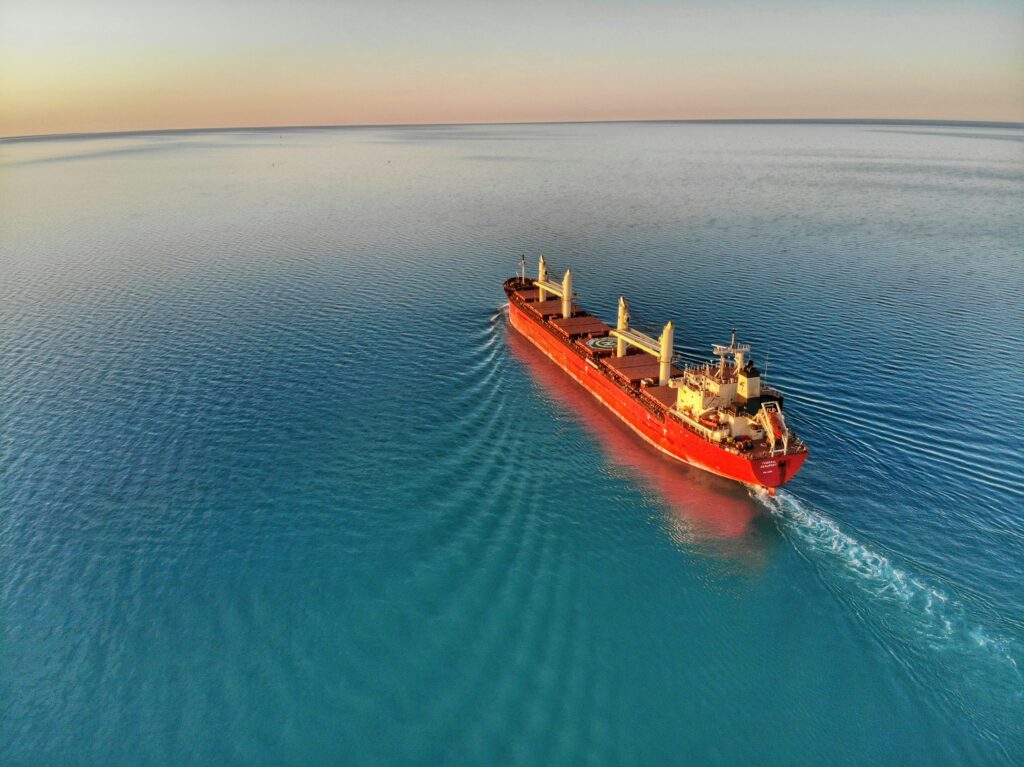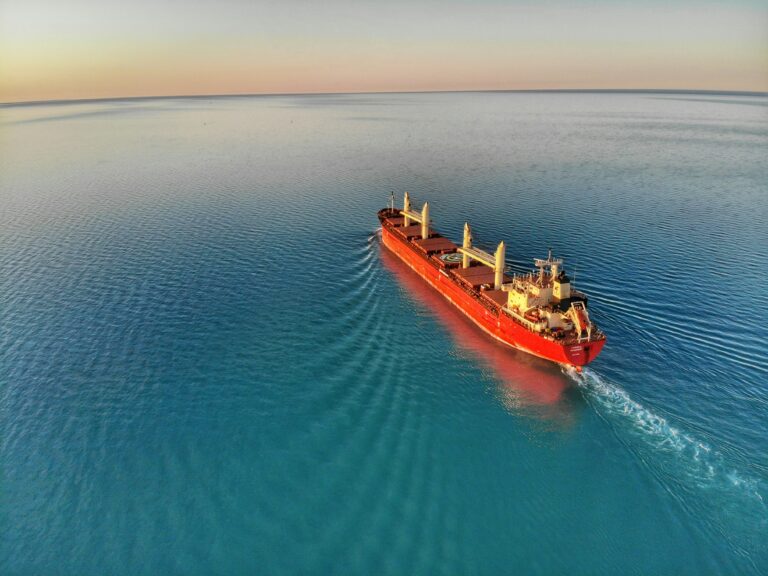When it comes to valuing a ship or vessel, the concept of seaworthiness plays a pivotal role in assessing its overall condition and market value. Additionally, performing regular audits on your vessel ensures that it remains compliant, safe, and operationally efficient. Let’s explore the intricacies of vessel valuation, considering the crucial element of seaworthiness, and delve into the importance of comprehensive audits for maritime assets.
Understanding Seaworthiness in Vessel Valuation
1. Market Comparison: Assess how the vessel’s seaworthiness compares to similar vessels in the market. Consider age, condition, and specifications to determine its fair market value.
2. Replacement Cost: Evaluate the seaworthiness of the vessel concerning its potential lifespan and technological advancements. Calculate replacement costs while factoring in depreciation.
3. Income Approach: Consider the seaworthiness of the vessel in commercial activities. Project potential future earnings, operating expenses, and discount rates to derive the present value based on income.
4. Book Value: Reflect on the seaworthiness of the vessel when assessing its book value. Understand how depreciation impacts its recorded value on financial statements.
5. Depreciation Methods: Explore seaworthiness through the lens of depreciation methods, understanding how the vessel’s condition impacts its diminishing value over time.
Ensuring Seaworthiness through Audits
1. Regulatory Compliance: Conduct audits to ensure the vessel’s adherence to maritime regulations, focusing on safety equipment, crew certifications, and documentation.
2. Safety Management System (SMS) Audits: Evaluate the effectiveness of the vessel’s SMS in promoting seaworthiness through safety protocols, procedures, and crew training.
3. Environmental Compliance: Assess the vessel’s adherence to environmental regulations, emphasizing waste disposal, emissions control, and ballast water management for enhanced seaworthiness.
4. Operational Efficiency: Audit operational practices to enhance seaworthiness, focusing on fuel consumption, maintenance procedures, and voyage planning for improved efficiency.
5. Security Audits: Evaluate the seaworthiness of security measures, ensuring compliance with the ISPS Code and bolstering security plans, access control, and emergency response procedures.
By intertwining the valuation and auditing processes with the concept of seaworthiness, shipowners can navigate the maritime landscape with confidence, ensuring their vessels not only hold their value in the market but also operate at the highest standards of safety and compliance.





